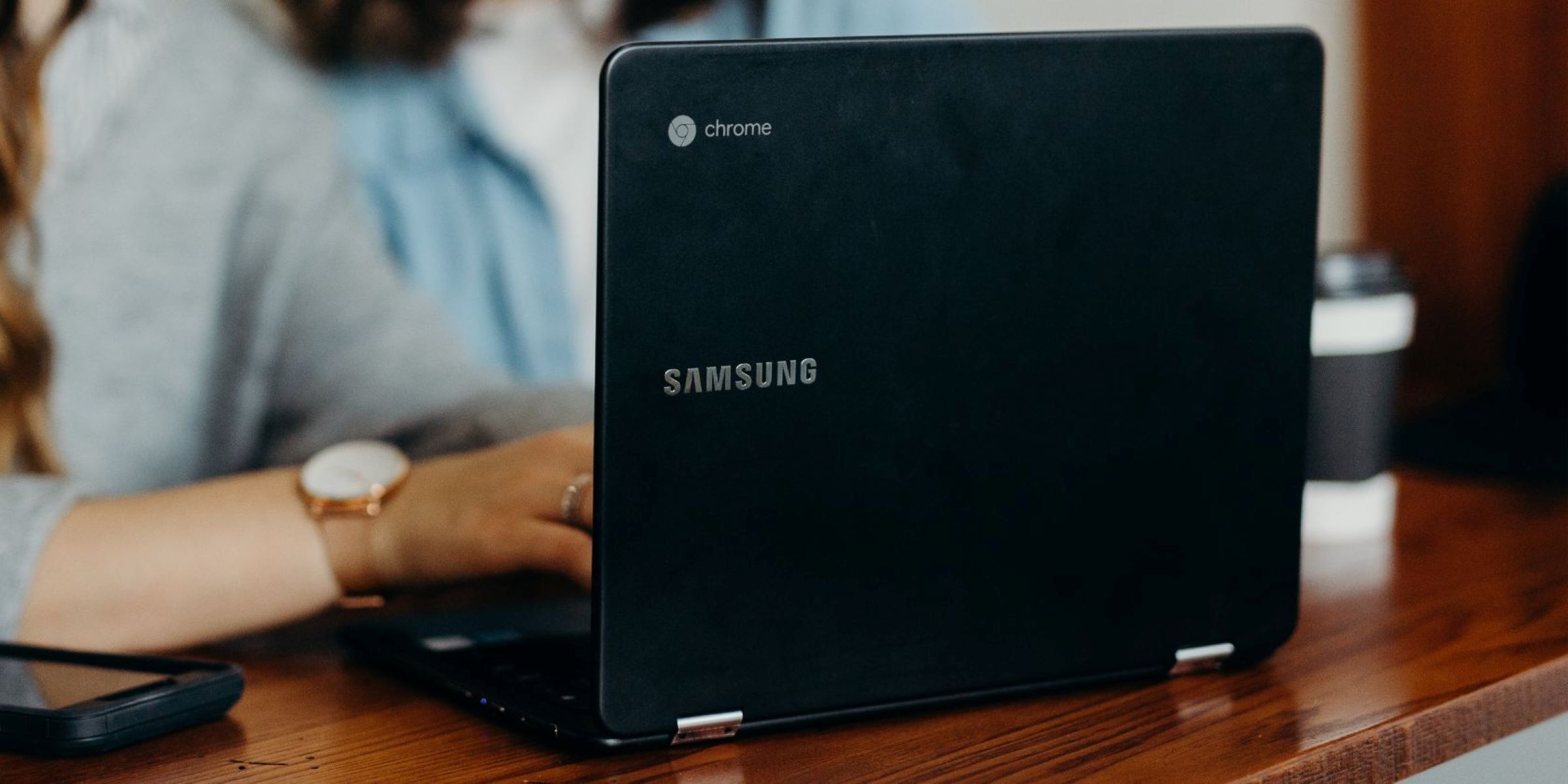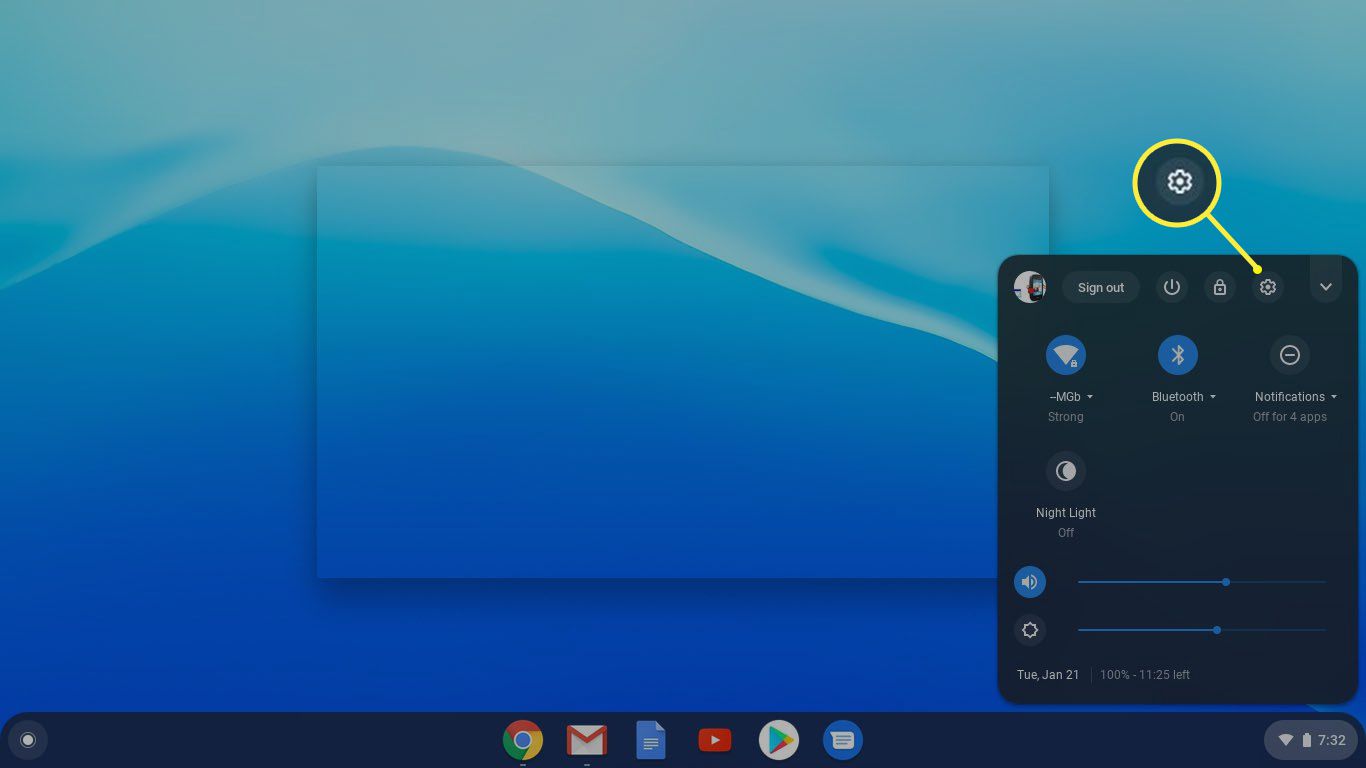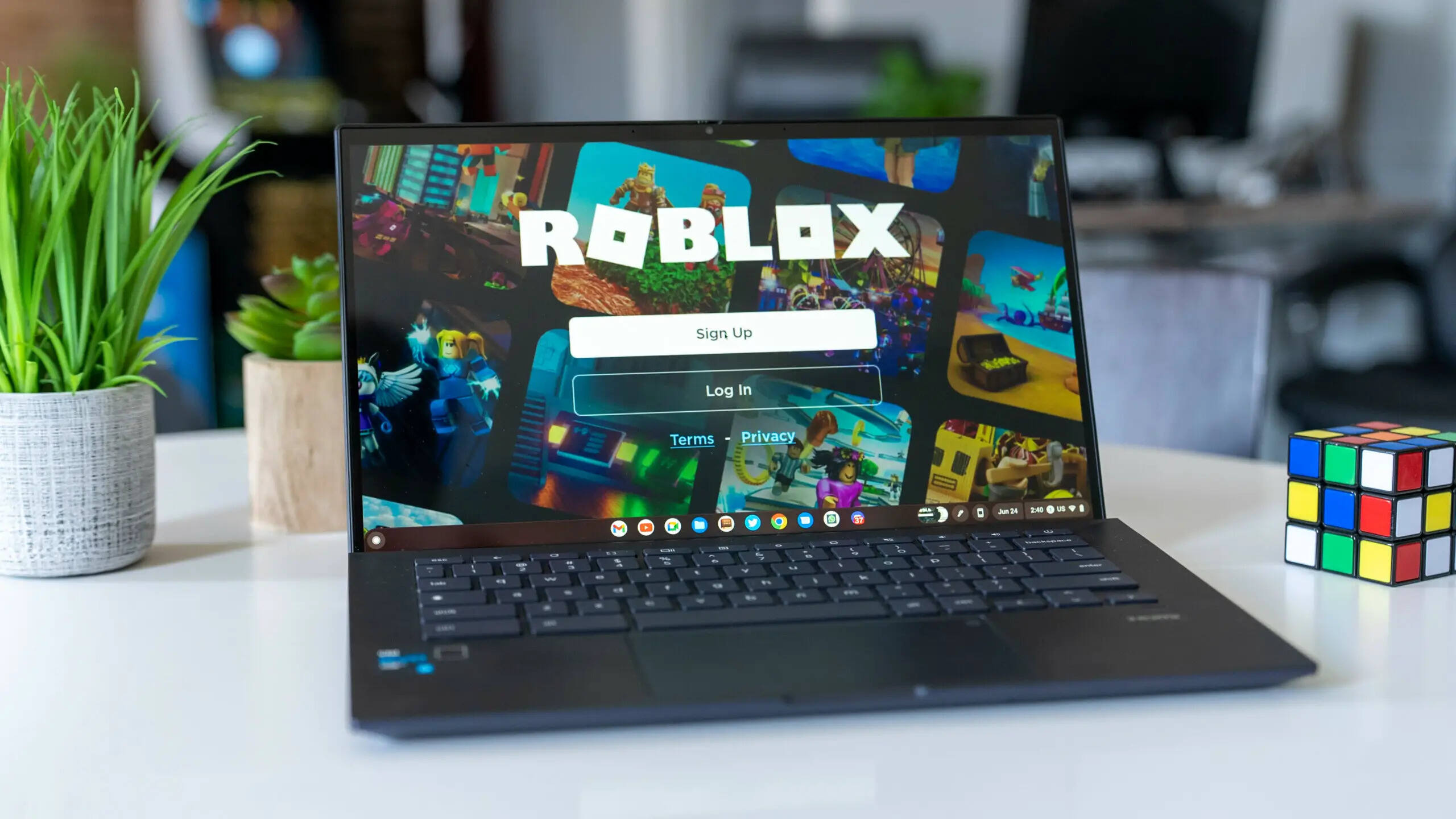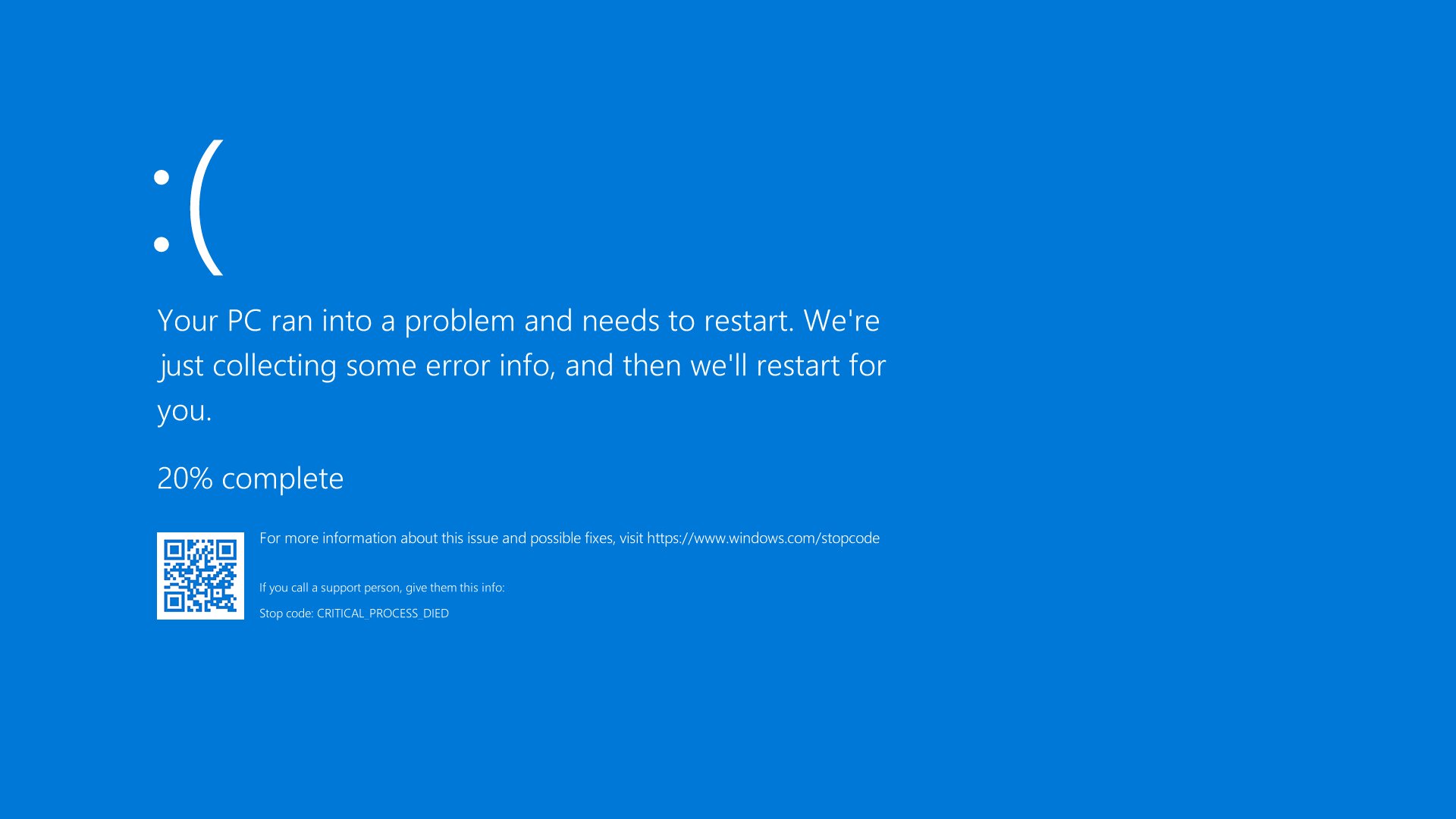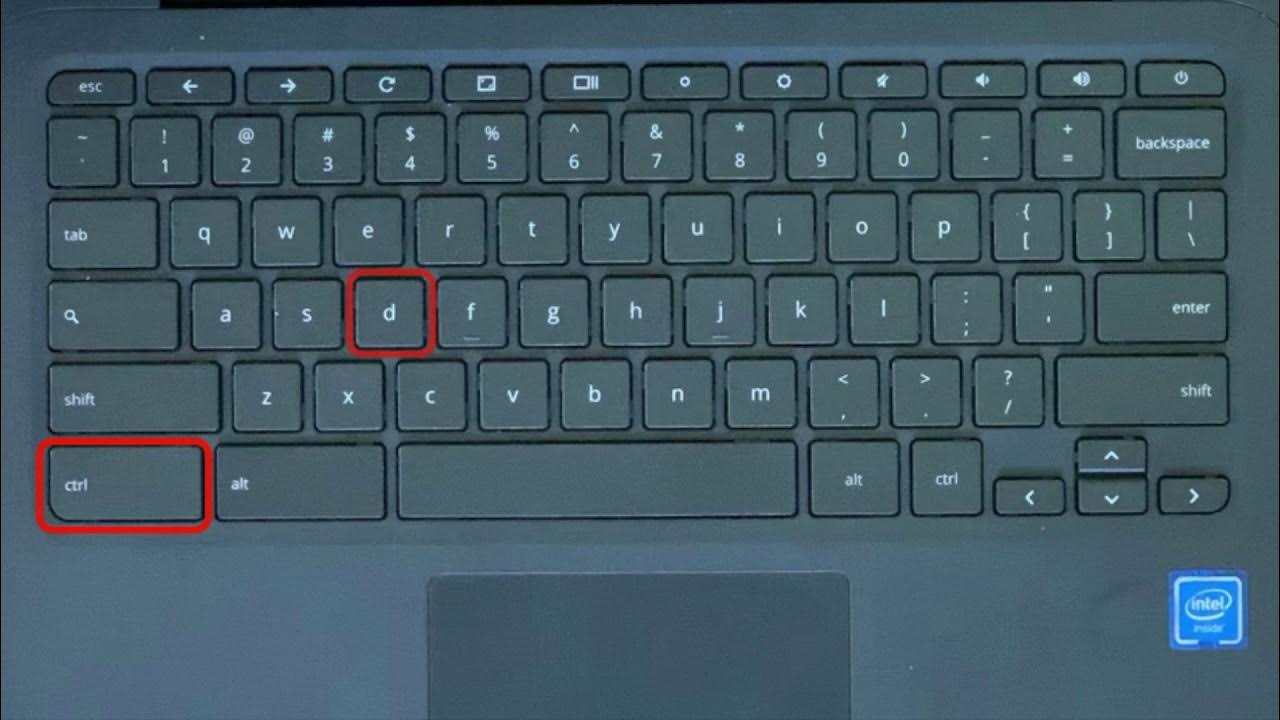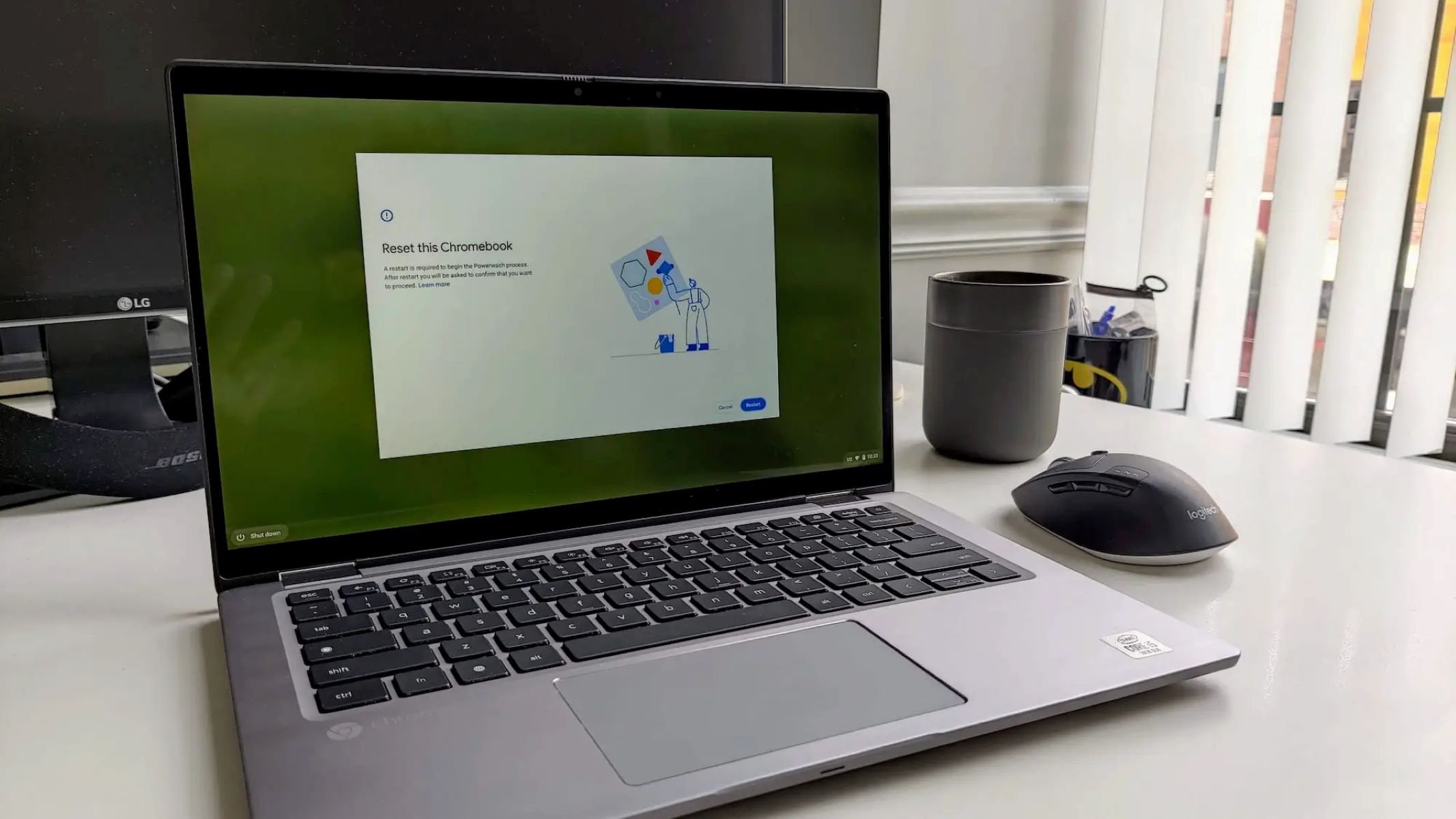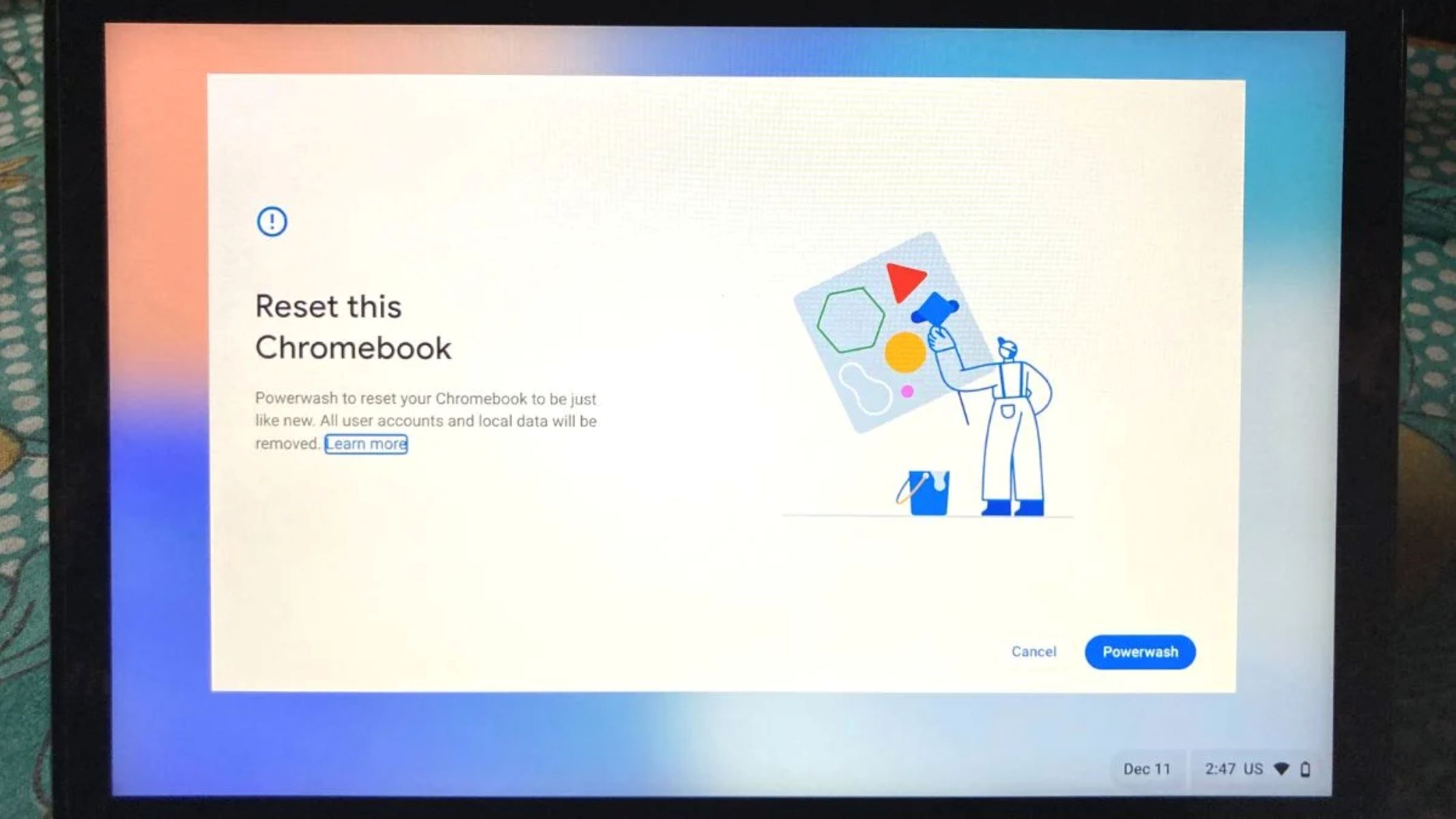Introduction
Chromebooks have become increasingly popular due to their affordability and simplicity. These lightweight laptops are designed to run on the Chrome operating system and provide a seamless online experience. However, just like any other electronic device, Chromebooks can sometimes freeze or become unresponsive, causing frustration and interrupting your workflow.
When your Chromebook freezes, it can be tempting to panic and assume the worst. However, there are several steps you can take to troubleshoot the issue and get your Chromebook back up and running smoothly. In this article, we will explore some effective solutions to fix a frozen or unresponsive Chromebook.
Before diving into the troubleshooting steps, it is important to note that a frozen or unresponsive Chromebook can have various causes. It could be due to an outdated operating system, a specific app or extension causing a conflict, or even a malware infection. By following the steps outlined in this article, you will be able to identify and resolve the issue, ensuring that your Chromebook operates flawlessly.
So, if you’ve encountered a frozen Chromebook, don’t worry! Keep reading to discover the best course of action to get it back on track.
Check for Updates
When your Chromebook freezes, one of the first steps you should take is to check for any system updates. It is crucial to keep your Chromebook’s operating system up to date as updates often include bug fixes and performance improvements.
To check for updates, follow these steps:
- Click on the time in the bottom-right corner of your Chromebook’s screen.
- Select the “Settings” option.
- Scroll down and click on the “About Chrome OS” option.
- Under the “About Chrome OS” section, you will see the current version of your Chromebook’s operating system.
- Click on the “Check for Updates” button.
- If an update is available, click on the “Update” button to start the installation process.
Once the update is installed, restart your Chromebook and see if the freezing issue persists. In many cases, a simple software update can resolve the problem and improve the overall performance of your Chromebook.
If there were no updates available or if installing the update did not fix the freezing issue, move on to the next troubleshooting step.
Force Restart the Chromebook
If your Chromebook remains unresponsive even after checking for updates, the next step is to perform a force restart. This action can help resolve temporary issues that may be causing the freezing problem.
To force restart your Chromebook, follow these steps:
- Press and hold the Power button located on your Chromebook’s keyboard.
- Continue holding the Power button until the screen turns off and then turn it back on.
This force restart will close all running applications and refresh the system, potentially resolving any software conflicts that may have caused the freezing issue.
After the Chromebook restarts, check if the freezing problem persists. If the issue is resolved, continue using your Chromebook as usual. However, if the freeze happens frequently, further troubleshooting steps may be required.
Keep in mind that force restarting your Chromebook should be a last resort and should only be used when the device is unresponsive. Regularly performing a force restart may lead to data loss or potential system issues, so it’s essential to rely on this method sparingly.
If force restarting the Chromebook did not solve the freezing problem, proceed to the next step.
Close Unresponsive Tabs and Apps
Often, a frozen or unresponsive Chromebook can be attributed to a specific tab or application that is causing a conflict. By closing unresponsive tabs and apps, you can potentially resolve the freezing issue and regain control of your device.
Here’s how you can close unresponsive tabs and apps on your Chromebook:
- Press the ‘Shift’ + ‘Esc’ keys simultaneously. This will open the Chrome Task Manager.
- In the Task Manager, you will see a list of all the open tabs and applications along with their CPU and memory usage.
- Select the unresponsive tab or application by clicking on it.
- Click the ‘End process’ button to close the unresponsive tab or application.
After closing the unresponsive tabs or apps, check if your Chromebook is still freezing. If the freezing issue persists, move on to the next troubleshooting step.
It’s worth mentioning that if a specific tab or app consistently causes your Chromebook to freeze, it’s advisable to avoid using it or seek alternative solutions. Removing or disabling problematic apps and avoiding memory-intensive activities may help prevent future freezes.
Now that you have closed unresponsive tabs and apps, but the freezing issue persists, it’s time to explore other possible solutions.
Clear Browsing Data
If your Chromebook continues to freeze, clearing your browsing data can help resolve any issues related to cached files or corrupted browsing data. This step can effectively optimize your Chromebook’s performance and potentially eliminate freezing problems.
Follow these steps to clear your browsing data on a Chromebook:
- Open the Chrome browser on your Chromebook.
- Click on the three vertical dots icon in the top-right corner of the browser to open the menu.
- Select “More Tools” and then “Clear browsing data.”
- In the popup window, you will see various options to select from. Choose the time range for which you want to clear the browsing data. It is recommended to select “All time” to clear all the accumulated data.
- Select the checkboxes next to the types of data you want to clear, such as browsing history, cookies, and cached images and files.
- Click on the “Clear Data” button to initiate the clearing process.
This process may take a few moments, depending on the amount of data to be cleared. Once the process is complete, restart your Chromebook and check if the freezing issue has been resolved.
Clearing your browsing data not only resolves freezing issues but also helps improve overall browser performance by removing unnecessary data and files. However, if the freezing problem persists, further troubleshooting steps are necessary.
Now that you have cleared your browsing data, continue to the next step to explore additional solutions.
Disable Extensions
Extensions are a great way to enhance the functionality of your Chrome browser. However, certain extensions may conflict with your Chromebook’s operating system, causing it to freeze or become unresponsive. To determine if an extension is causing the issue, you can try disabling them.
Here’s how to disable extensions on your Chromebook:
- Open the Chrome browser on your Chromebook.
- Click on the three vertical dots icon in the top-right corner of the browser to open the menu.
- Select “More Tools” and then “Extensions.”
- In the Extensions tab, you will see a list of all the installed extensions.
- To temporarily disable an extension, toggle the switch next to it to the off position.
- After disabling the extensions, restart your Chromebook and check if the freezing issue has been resolved.
If disabling the extensions resolves the freezing problem, you can then enable the extensions one by one to identify the specific extension causing the conflict. This process will help you determine which extension to keep disabled to maintain a stable and responsive Chromebook.
However, if the freezing issue persists even after disabling all the extensions, move on to the next troubleshooting step.
Now that you have disabled the extensions, it’s time to explore additional solutions to fix the freezing problem on your Chromebook.
Check for Malware
In some cases, a frozen or unresponsive Chromebook could be a result of malware or malicious software. It is important to regularly check your Chromebook for malware to ensure the security and smooth functioning of your device.
To check for malware on your Chromebook, follow these steps:
- Open the Chrome browser on your Chromebook.
- Click on the three vertical dots icon in the top-right corner of the browser to open the menu.
- Select “Settings” and then scroll down and click on “Advanced” to expand the advanced settings.
- Under the “Reset and Clean Up” section, click on “Clean Up Computer.”
- Click on the “Find” button to initiate a scan for any harmful software or malware.
- If any malware is detected, follow the on-screen instructions to remove it from your Chromebook.
It is also recommended to use trusted security software specifically designed for Chromebook protection, such as Chrome Cleanup Tool or other recognized antivirus software available from the Chrome Web Store.
Regularly scanning your Chromebook for malware and ensuring its security can help prevent freezing issues caused by malicious software. However, if the freezing problem persists, proceed to the next troubleshooting step.
Now that you have checked for malware on your Chromebook, let’s explore additional solutions to resolve the freezing issue.
Reset Chromebook Settings
If your Chromebook continues to freeze despite trying the previous troubleshooting steps, resetting the Chromebook settings to their default state can help to resolve any software conflicts that may be causing the issue.
Before proceeding with a reset, it is crucial to back up any important files or data as the reset will revert your Chromebook to its factory settings, erasing all personal data saved on the device.
To reset the Chromebook settings, follow these steps:
- Click on the time in the bottom-right corner of your Chromebook’s screen.
- Click on the gear icon to open the “Settings” menu.
- Scroll down and click on “Advanced” to expand the advanced settings.
- Under the “Reset and Clean Up” section, click on “Powerwash.”
- Review the information about what will be deleted and click on the “Restart” button to initiate the reset.
- Follow the on-screen instructions to complete the reset process.
After the reset, you will need to set up your Chromebook again, just like when you first purchased it. This includes signing in with your Google account, connecting to Wi-Fi, and customizing your settings.
If the freezing issue persists even after resetting the Chromebook settings, it is recommended to reach out to the Chromebook manufacturer’s support for further assistance.
Now that you have reset your Chromebook settings, let’s explore the final troubleshooting step to resolve the freezing issue.
Perform a Powerwash
If your Chromebook is still freezing and none of the previous troubleshooting steps have resolved the issue, performing a powerwash can be a more comprehensive solution. Powerwashing your Chromebook will restore it to its original state by erasing all user data, including files, apps, and settings.
Before proceeding with a powerwash, ensure that you have backed up any important files or data, as they will be permanently deleted during the process.
To perform a powerwash on your Chromebook, follow these steps:
- Click on the time in the bottom-right corner of your Chromebook’s screen.
- Click on the gear icon to open the “Settings” menu.
- Scroll down and click on “Advanced” to expand the advanced settings.
- Under the “Reset and Clean Up” section, click on “Powerwash.”
- Review the information about what will be deleted and click on the “Restart” button to initiate the powerwash.
- Follow the on-screen instructions to complete the powerwash process.
After the powerwash is complete, you will need to set up your Chromebook again, just like when you first purchased it. This includes signing in with your Google account, connecting to Wi-Fi, and customizing your settings.
A powerwash is a more drastic solution and should only be considered if all other troubleshooting steps have failed to resolve the freezing issue. It is important to note that performing a powerwash will erase all user data, so be sure to have a backup before proceeding.
If the freezing problem persists even after a powerwash, it is recommended to seek technical support from the Chromebook manufacturer or an authorized service center.
Now that you have performed a powerwash, let’s conclude with a recap of the troubleshooting steps you have taken.
Conclusion
Dealing with a frozen or unresponsive Chromebook can be frustrating, but with the right troubleshooting steps, you can often resolve the issue and get your device back to its optimal performance. In this article, we’ve explored several effective solutions to fix a frozen Chromebook.
We began by checking for updates to ensure that the Chromebook’s operating system is up to date. Then, we learned how to perform a force restart to refresh the system and potentially resolve temporary issues. We also discussed the importance of closing unresponsive tabs and apps and clearing browsing data to eliminate any conflicts or corrupted data.
If the freezing issue persisted, we explored disabling extensions and checking for malware. Disabling extensions can help identify and resolve conflicts caused by specific extensions, while scanning for malware ensures that your Chromebook is free from any malicious software.
If none of the previous steps resolved the freezing problem, we considered the option of resetting Chromebook settings or performing a powerwash. These steps restore the device to its original state and can often resolve persistent freezing issues. However, it’s important to back up your data before proceeding, as these actions will erase all user data.
If the freezing problem still persists after attempting all these troubleshooting steps, it is recommended to seek technical support from the Chromebook manufacturer or an authorized service center for further assistance.
Remember, troubleshooting a frozen Chromebook requires patience and attention to detail. By following the steps outlined in this article, you can increase the chances of identifying and resolving the underlying causes of the freezing issue, ensuring that your Chromebook operates smoothly and efficiently.
We hope that this guide has helped you in resolving the freezing problem on your Chromebook, allowing you to enjoy a seamless online experience once again.







